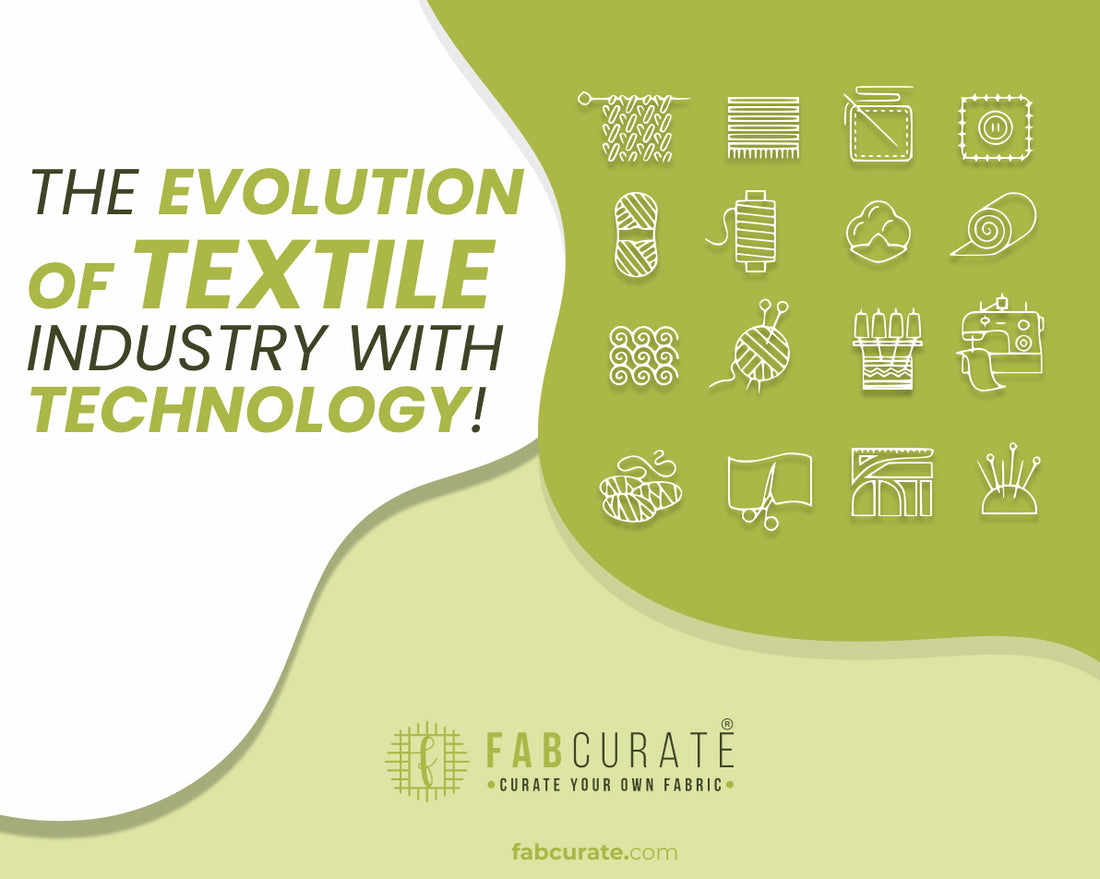Initially, raw materials were limited when the textile industry was established. Today, sources are plentiful in the textile industry due to their advancement. The textile industry is undergoing exemplary changes with each generation. As the preferences of people change through the years, textile industries need to evolve now and then in order to satisfy those changes. Being competitive in the market requires adapting to the latest technology. For a long time, cotton textiles dominated the market. However, different types of textiles developed along the way. It was during the early 20th century that the textile industry underwent a revolution. More and more companies entered the textile industry. This led to the development of machines. As a result, it was necessary to produce more products in less time and with fewer laborers.
Knitting machines
Knitting machines make knitted fabric in a semiautomated or fully automated fashion. Though knitting machines are a bit difficult to use, they offer considerable time savings. Most of the textile industry now uses these machines to ease their workload and to increase productivity. Initially, knitting machines served as the initial step in the revolution when technology was not so focused on innovation. It is possible to produce a number of different fabrics from knitting machines, each with a distinct degree of complexity.
Pleating machines
In pleating, a fold is permanently applied to the fabric. It was originally done by the laborers when the pattern of pleating was developed, and hence the cost increased accordingly. Pleating is now performed by machines. Precision and efficiency are both very important. Pleated fabrics have established a number of new trends, that have set new standards to achieve for the rest of the patterns.
Nanotechnology

Nanotechnology is the most innovative evolution of science and technology. To make more scientific clothing, nanotechnology is used in the textile industry. For example, the cloth is designed to be fire-repellent, self-cleaning, and water-repellent. There are now amendments made to the textile industry to take account of every minute aspect that wasn't considered before. Using nanotechnology, the textile industry will be developed in such a way that it will not require any more changes for several years.
Laser printing
For clothes such as jeans and shirts, laser printing is the most convenient way to print images. Thus, the process saves time and machines print the image, enhancing the overall appearance. Moreover, laser printing works are more precise because they are computerized. The process is simply a matter of picking the kind of image that you want to imprint and insert it into the laser printing machine. Artificial works are replacing labor work due to the redefined textile industries.
Digital printing

For designs and patterns that require more detail, digital printing is used. Customers can select their favorite designs, which is the benefit of digital printing. Printing designs on fabrics has become the most popular method of printing. One of the best things about this technology is that it gives the chance to revolutionize all the processes involved. It permits you to create something new and unique.
In modern life, accommodating technology is a difficult task. Many modifications have to be made before that can happen. To properly utilize the latest technology and machines, one must have sufficient knowledge. Just embracing technology will not yield the desired result, but rather how you apply it, is what's crucial. A huge amount of investment is being made by the current textile industries into knowledge and technology. We are seeing the emergence of new products with the newest innovations, and these are the changes we see in our everyday lives. It is essential to plan properly before implementing new technologies.
Image source- Pinterest.
















